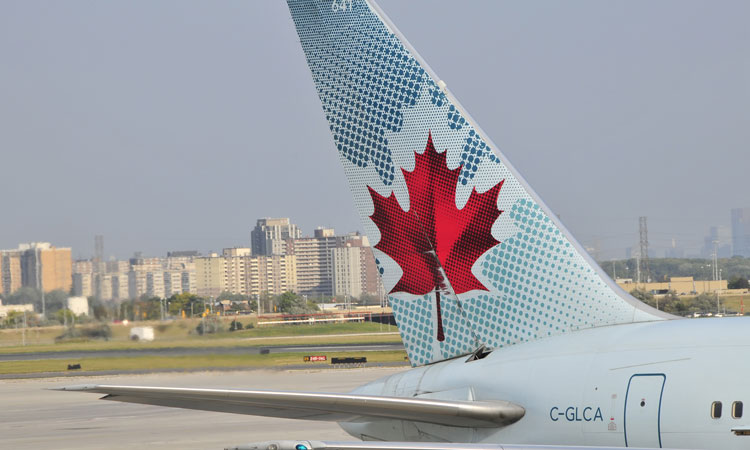CAC welcomes update on federal government aid for Canadian airport sector
Posted: 13 May 2021 | International Airport Review | No comments yet
The Canadian Airports Council has welcomed new details on government financial aid, but has stressed that the Canadian government must be prepared to take further action.


The Canadian Airports Council (CAC) – which represents over 100 airports and 90 per cent of aviation traffic in Canada – has welcomed new details on federal government aid for airports, which was originally announced in the November 2020 Fall Economic Statement.
However, CAC has warned that the Canadian government must be prepared to take further action, given the severity of the third wave of COVID-19 cases and the continued impact of protracted air travel restrictions and increased health and safety measures on airports’ operations and revenues.
From the start of the pandemic, Canada’s airports have worked to mitigate the spread of COVID-19, repatriate Canadians and deliver medical equipment, professionals and vaccines to fight the virus.
Join us live: Shaping the Next Generation of Hold Baggage and Air Cargo Screening
Join us live for an insightful webinar on 11th December at 14:00 GMT, in collaboration with Smiths Detection, as we explore the strategic balance of operational efficiency, regulatory compliance, and sustainability in high-volume security environments.
This session offers a focused look into future-proofing your security strategy.
Key learning points
- Cost Reduction: Strategies to minimize bag travel time while simultaneously reducing operational costs.
- Regulatory Roadmap: Insights into the next wave of regulatory changes and their impact on future investment decisions.
- Sustainable Systems: Practical approaches to building sustainability into security systems and lowering the total cost of ownership (TCO).
- Scalable Solutions: Real-world examples of scalable systems supporting current airport growth and preparing for tomorrow.
Register now for expert insights, case studies, and actionable strategies on operational efficiency!
The new announcements included details on three previously announced measures: the Airport Critical Infrastructure Program (ACIP), which will provide $490 million over five years to financially assist Canada’s larger airports with investments in critical infrastructure-related to safety, security or connectivity; the Airport Relief Fund (ARF), which provides $65 million in financial relief to targeted Canadian airports to help to maintain operations; as well as a one-time funding top-up of $186 million over two years for the Airports Capital Assistance Program (ACAP).
“It is good to see federal government commitments made in the Fall Economic Statement being fulfilled, with funds flowing to airports soon. Unfortunately, the situation is worse than it was when these measures were announced five months ago, with our entire aviation network – from the largest to smallest commercial airports in Canada – compromised by the protracted suppression of passenger traffic to just about 10 per cent of pre-pandemic levels,” said CAC’s President, Daniel-Robert Gooch.
“As our airports await engagement with the federal government on a restart plan, the situation for Canada’s air transport sector will deteriorate even further, and more engagement by the federal government on the long term viability and competitiveness of our sector will be needed for Canada’s air sector to fully support recovery in our tourism sector and economy,” he added.
To support airports of all sizes, the Canadian Airports Council has also asked government to waive – not defer – for the period of recovery, airport rent remitted to government by 22 of Canada’s airports and to provide financial support or interest free loans when necessary. In 2020 and 2021 alone, Canada’s airports anticipate a revenue loss of $5.5 billion, which is required to be funded by additional debt of $2.8 billion.
The Canadian Airports Council has, and will continue to, engaged government and industry partners to plan for a safe restart of air travel that ensures that Canada emerges from the pandemic ready to support demand and economic recovery when the time is right.
Join our free webinar: Revolutionising India’s travel experience through the Digi Yatra biometric programme.
Air travel is booming, and airports worldwide need to move passengers faster and more efficiently. Join the Digi Yatra Foundation and IDEMIA to discover how this groundbreaking initiative has already enabled over 60 million seamless domestic journeys using biometric identity management.
Date: 16 Dec | Time: 09:00 GMT
rEGISTER NOW TO SECURE YOUR SPOT
Can’t attend live? No worries – register to receive the recording post-event.
Related topics
Aeronautical revenue, Airport crisis management, COVID-19, Funding and finance, Passenger volumes


















